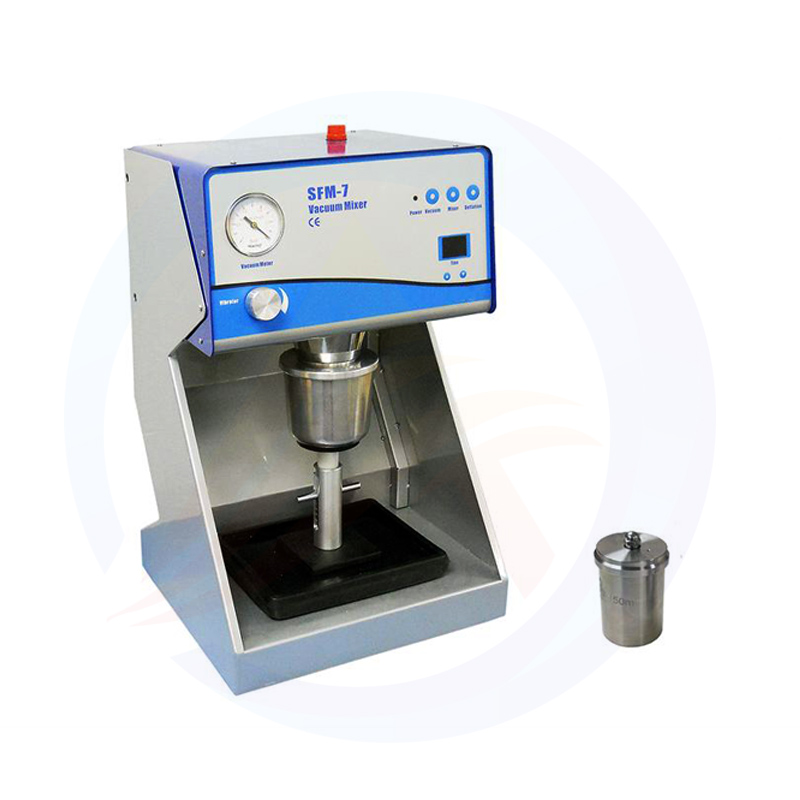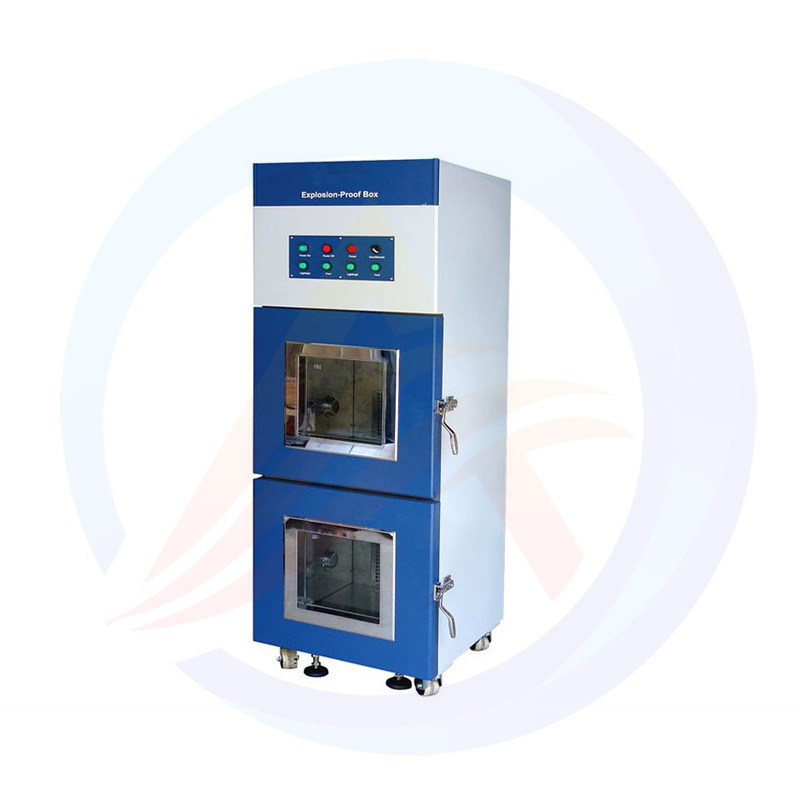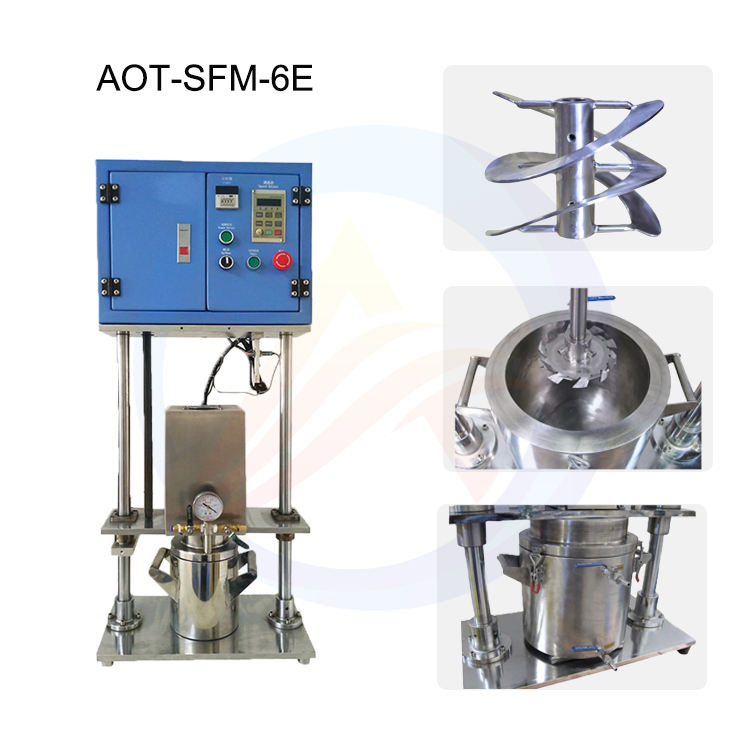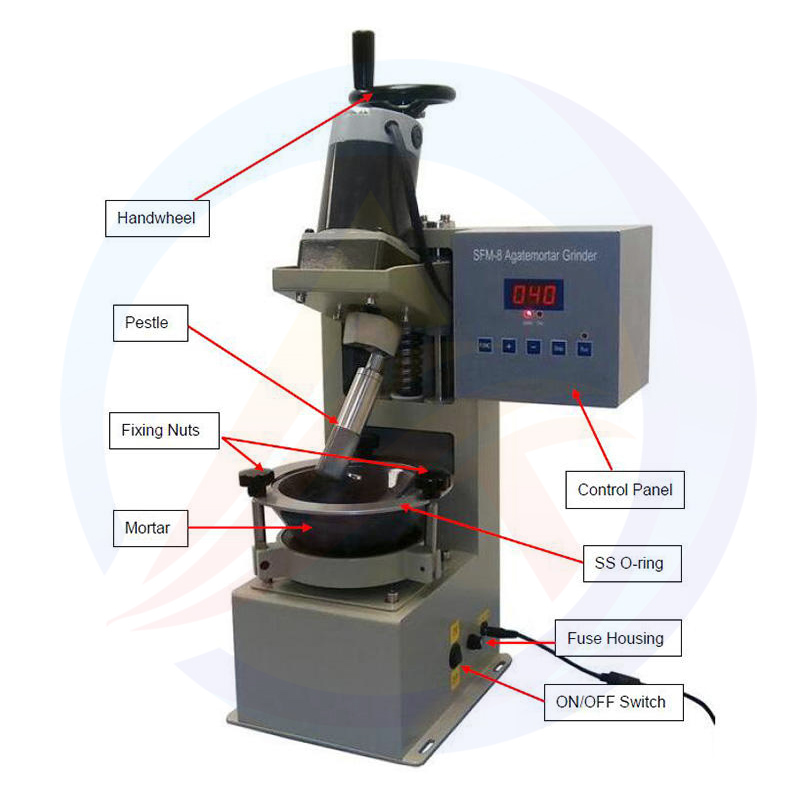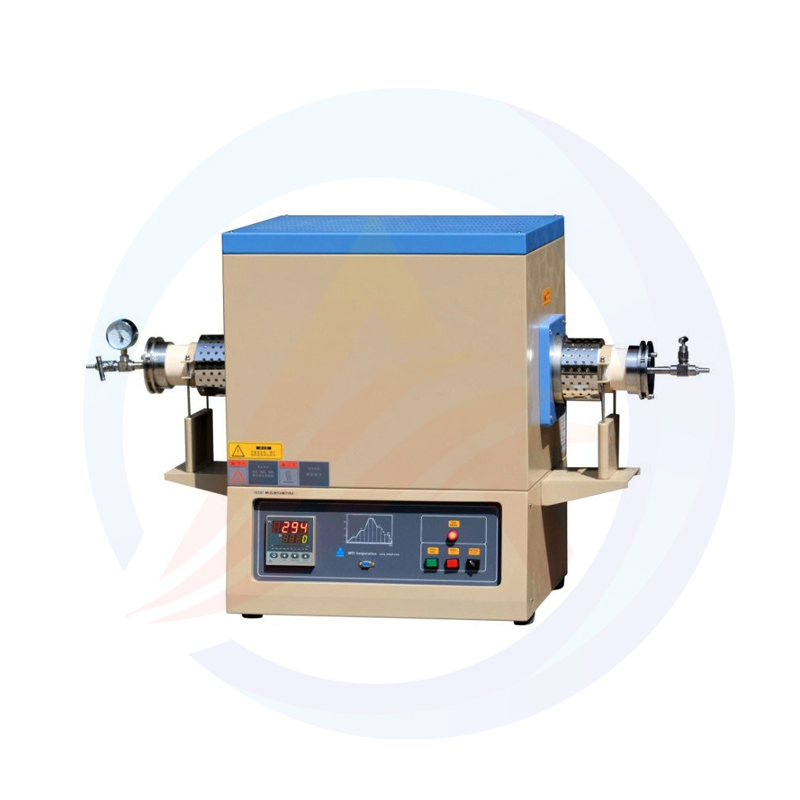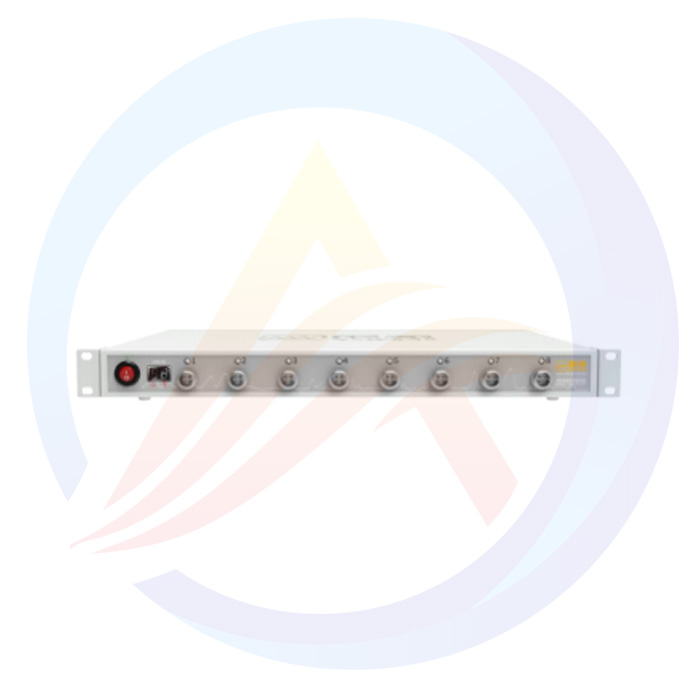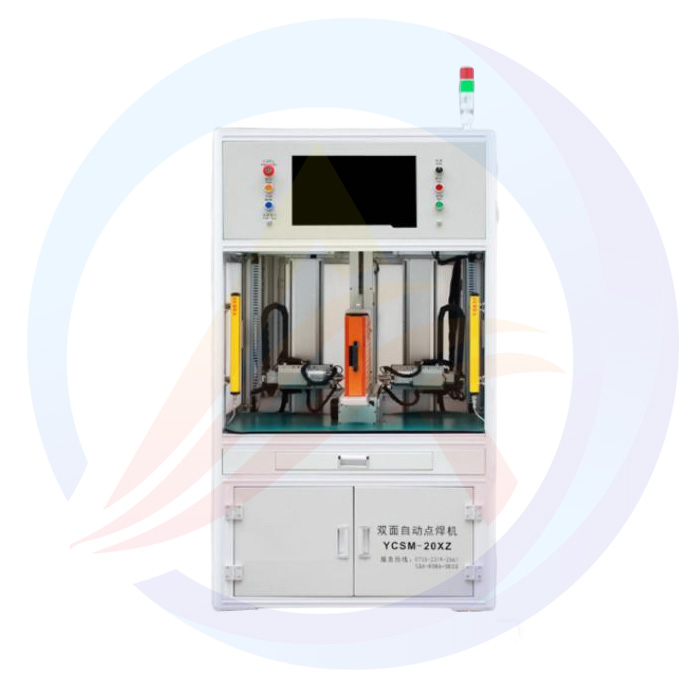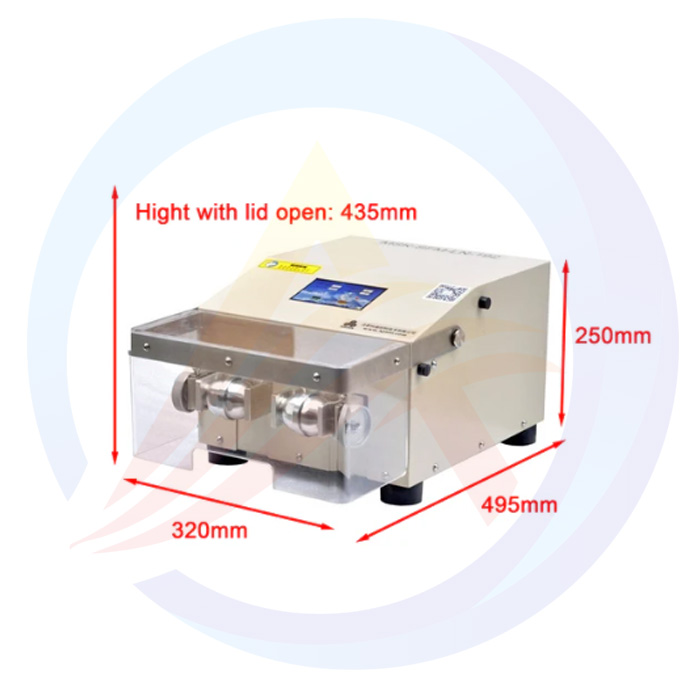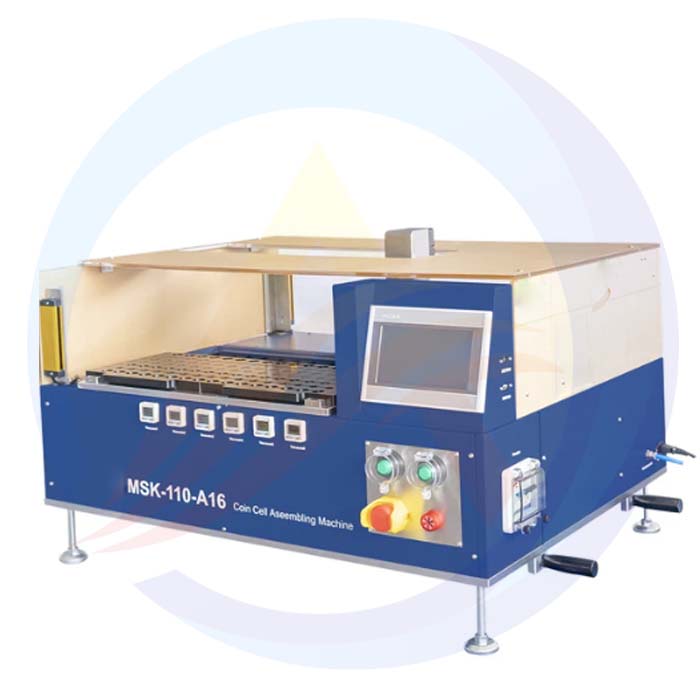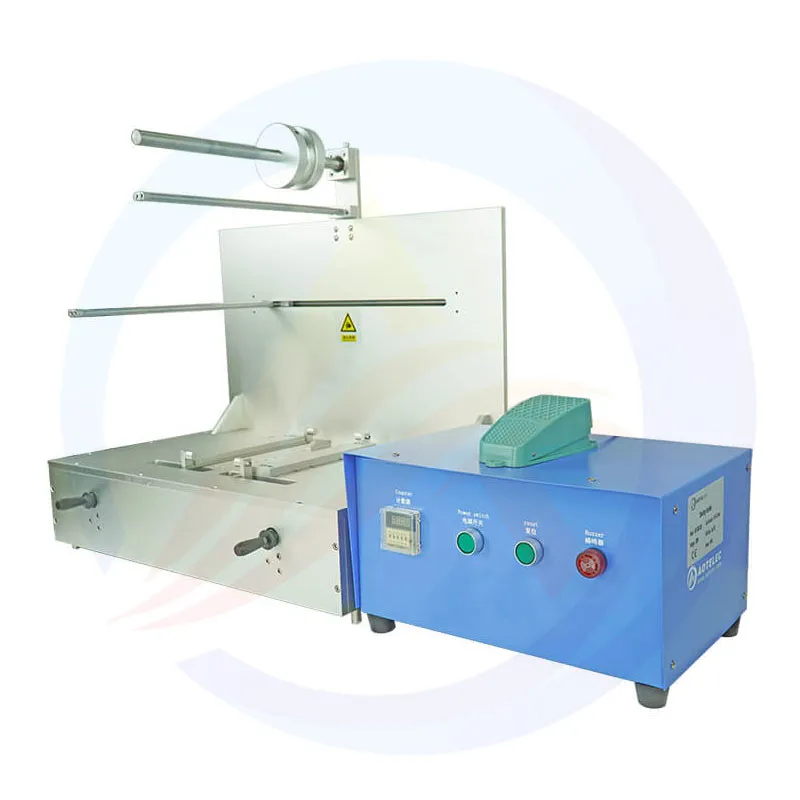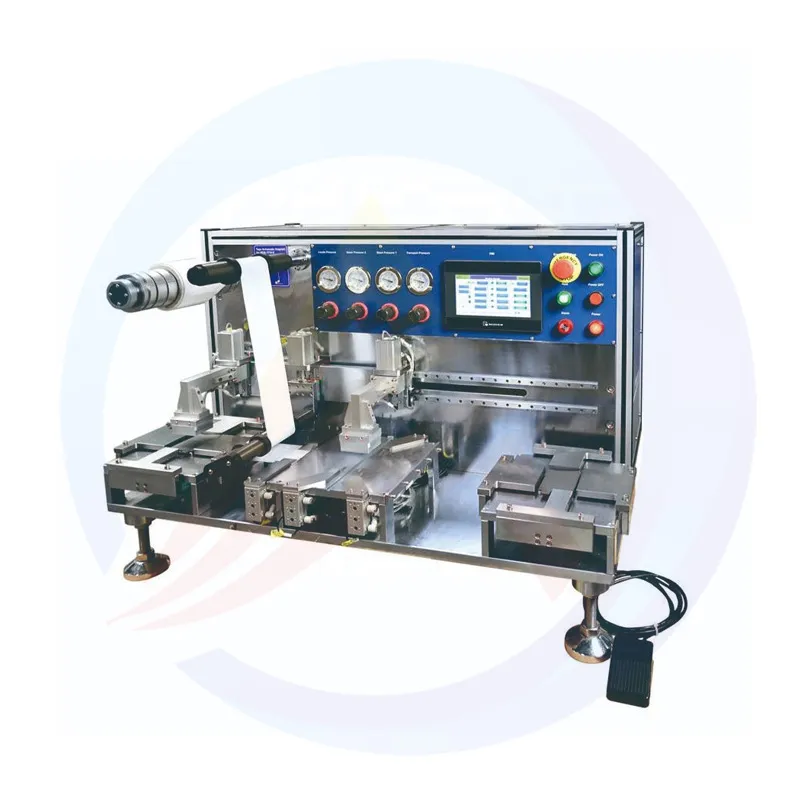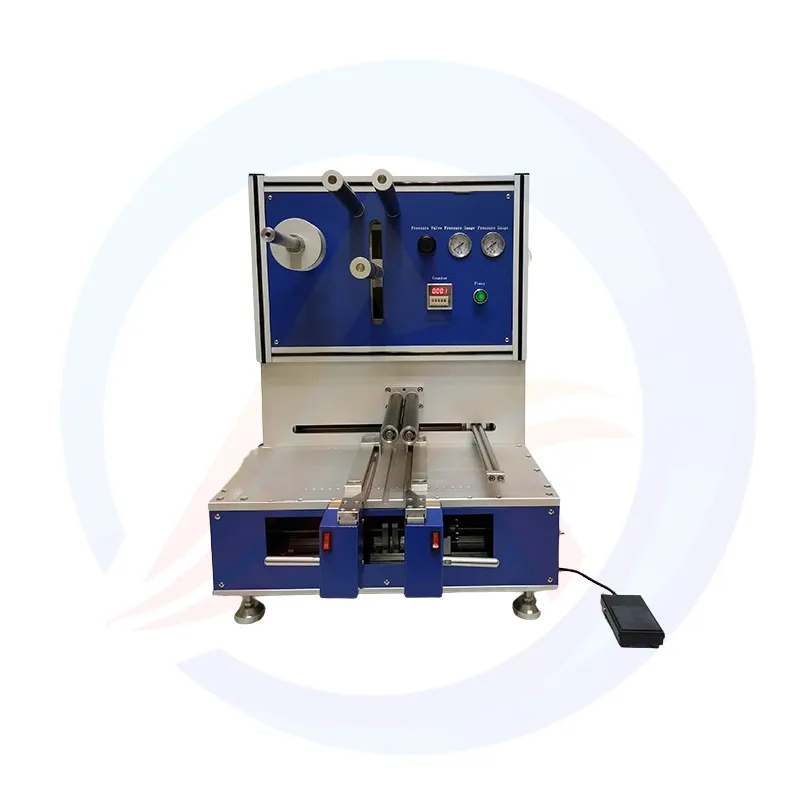In the complex process system of modern lithium battery manufacturing, the battery stacking machine, as a key technical equipment, is profoundly affecting the quality, performance and production efficiency of lithium battery products. With the exponential growth of demand for clean energy and high-performance energy storage solutions worldwide, the lithium battery market has ushered in unprecedented opportunities to flourish. Whether it is the emerging electric vehicle industry, the traditional consumer electronics field and the emerging large-scale energy storage system applications, the energy density, safety, cycle life and production scale capacity of lithium batteries have put forward extremely stringent requirements.
1、the working principle and technical architecture of the stacking machine
(1) High-precision positioning and transmission control system
The battery stacking machine uses a highly sophisticated positioning and transmission control system that integrates cutting-edge achievements in multidisciplinary fields such as advanced mechanical engineering, automation control, computer vision and sensor technology. In the positioning process, high-resolution visual recognition systems (such as industrial cameras, image sensors, etc.) can be used for real-time and accurate image acquisition and data analysis and processing of the geometric shapes, edge profiles and feature marks of positive and negative electrode plates and diaphragms. Based on these accurate image information, the control system uses advanced algorithm models (such as edge detection algorithm, feature matching algorithm, etc.) to quickly calculate the spatial position coordinates and attitude information of each component, and transmits these data to the motion control system.
(2) Precision pressure control and stack execution mechanism
During stack execution, the battery stacker provides extremely precise control over the stacking pressure of each layer of components. The precise regulation of stack pressure is essential to ensure a tight fit between the positive and negative plates and the diaphragm, optimize the interface contact resistance, and avoid physical damage to the components. For this purpose, the battery stacking machine is equipped with a specialized pressure control system, which usually consists of a high-precision pressure sensor, an electric pressure regulator, and a closed-loop feedback control algorithm. The pressure sensor monitors the pressure change during the stacking process in real time and feeds the pressure data back to the control system.
2、the core role of battery stacking machine in lithium battery production
(1) Significantly improve the energy density of the battery cell
Tight arrangement of polar sheets and improved utilization of active substances
Through its excellent positioning and stacking accuracy, the battery stacking machine can realize the tight arrangement of positive and negative electrode pieces inside the cell. This tight arrangement effectively reduces the ineffective gap space between the poles, allowing more active substances to be accommodated in the same volume of the cell structure. Taking a common lithium-ion battery as an example, the increase in positive active substances means that more lithium ions can participate in the electrochemical reaction during the charge and discharge process, which significantly improves the theoretical capacity and energy density of the battery.
Interface contact optimization and ion transport efficiency enhancement
In addition to the optimization of the electrode arrangement, the precise pressure control of the battery stacking machine can also significantly improve the interface contact state between the positive and negative electrode plates and the diaphragm. Under the action of the ideal stacking pressure, the electrode plate and the diaphragm can achieve a tight and uniform fit, which effectively reduces the interface contact resistance. The low interface contact resistance helps to promote the rapid transmission of lithium ions in the charge and discharge process, and reduces the diffusion resistance and energy loss of ions at the interface. This can not only improve the charging and discharging efficiency of the battery, shorten the charging time, but also reduce the problem of battery performance decline caused by resistance heating to a certain extent, thus extending the cycle life of the battery.
(2) Effectively ensure the consistency of battery quality
Dimensional precision control and standardized production
The battery stacking machine strictly controls the dimensional accuracy of the cell during the entire stacking process. From the initial positioning of the pole and diaphragm, to the stacking operation of each layer, to the formation of the final cell structure, every step is monitored by a high-precision automated system. By precisely controlling the position, thickness, and number of stacked layers of each component, it is possible to ensure a high degree of consistency in key dimensional parameters such as thickness, length, and width for each production batch.
Internal structure stability and performance uniformity
Because the battery stacking machine can ensure the alignment accuracy of the positive and negative electrode pieces inside each cell, the flatness of the diaphragm and the tightness of the fit between the layers are highly consistent, the microstructure and macro properties of the cell have excellent stability and uniformity in the mass production process. Whether it is the key performance indicators such as open circuit voltage, internal resistance and capacity of the cell, or the dynamic response characteristics under different charging and discharging rates, it can keep in a very small deviation range. This high degree of quality consistency not only helps to improve the yield of lithium battery products, reduce production costs, but also provides more reliable and stable energy supply solutions for downstream applications.
(3) Greatly improve production efficiency and automation level
High-speed stacking capability and productivity improvement
The battery stacking machine has an impressive high-speed stacking capability, which can complete the stacking task of a large number of cells in a very short time. Modern advanced battery stacking machines can complete tens or even hundreds of layers of positive and negative electrode sheets and diaphragm stacking operations per minute under high-speed operation mode, and the production efficiency has been significantly improved by tens or even hundreds of times compared to traditional manual assembly or low-speed mechanical equipment. This high-speed stacking capability enables lithium battery manufacturers to produce more cell products in a limited time to meet the growing market demand.
3、Automation integration and intelligent manufacturing system construction
As one of the core equipment of modern lithium battery production line, battery stacking machine has good automatic integration characteristics. It can work seamlessly and automatically with other production equipment (such as pole sheet cutting machine, diaphragm coating machine, cell sealing machine, etc.) to form a complete intelligent manufacturing system. In this system, real-time data interaction and collaborative control are carried out between the devices through industrial Ethernet, fieldbus and other communication technologies, and the whole process automation production is realized from raw material supply, electrode plate and diaphragm preparation, cell stacking and assembly to final product packaging. Automated integration not only reduces the manual intervention link, reduces the impact of human factors on product quality, but also realizes the real-time monitoring, data collection and analysis of the production process.
Technological innovation trends and future development prospects of battery stacking machines
(1) Intelligent control technology and adaptive production capacity
With the wide application of emerging technologies such as artificial intelligence, big data, and cloud computing in the manufacturing sector, battery stacking machines are accelerating their evolution in the direction of intelligent control. The future battery stacking machine will have a powerful intelligent control system, which can sense changes in the production environment in real time, the characteristics of raw materials and the operating status of the equipment itself, and automatically adjust the stacking process parameters (such as pressure, speed, position, etc.) according to this information to achieve adaptive production. For example, when encountering slight differences in the thickness of positive and negative electrode sheets in different batches, the intelligent stacking machine can automatically optimize the stacking pressure and position compensation, ensuring that the stacking quality of the cell is not affected. At the same time, through the deep learning and analysis of a large number of production data, the intelligent stacking machine can also predict equipment failures, arrange maintenance plans in advance, and improve the operation reliability and production continuity of the equipment.
4. Conclusion
As the core process equipment in the production process of lithium batteries, battery stacking machine plays an irreplaceable key role in improving the energy density of batteries, ensuring quality consistency, and improving production efficiency and automation level with its highly precise positioning and transmission system, accurate pressure control and stacking execution mechanism. The trend of technological innovation toward intelligent control and flexible production will further promote the transformation and industrial upgrading of lithium battery manufacturing technology.

